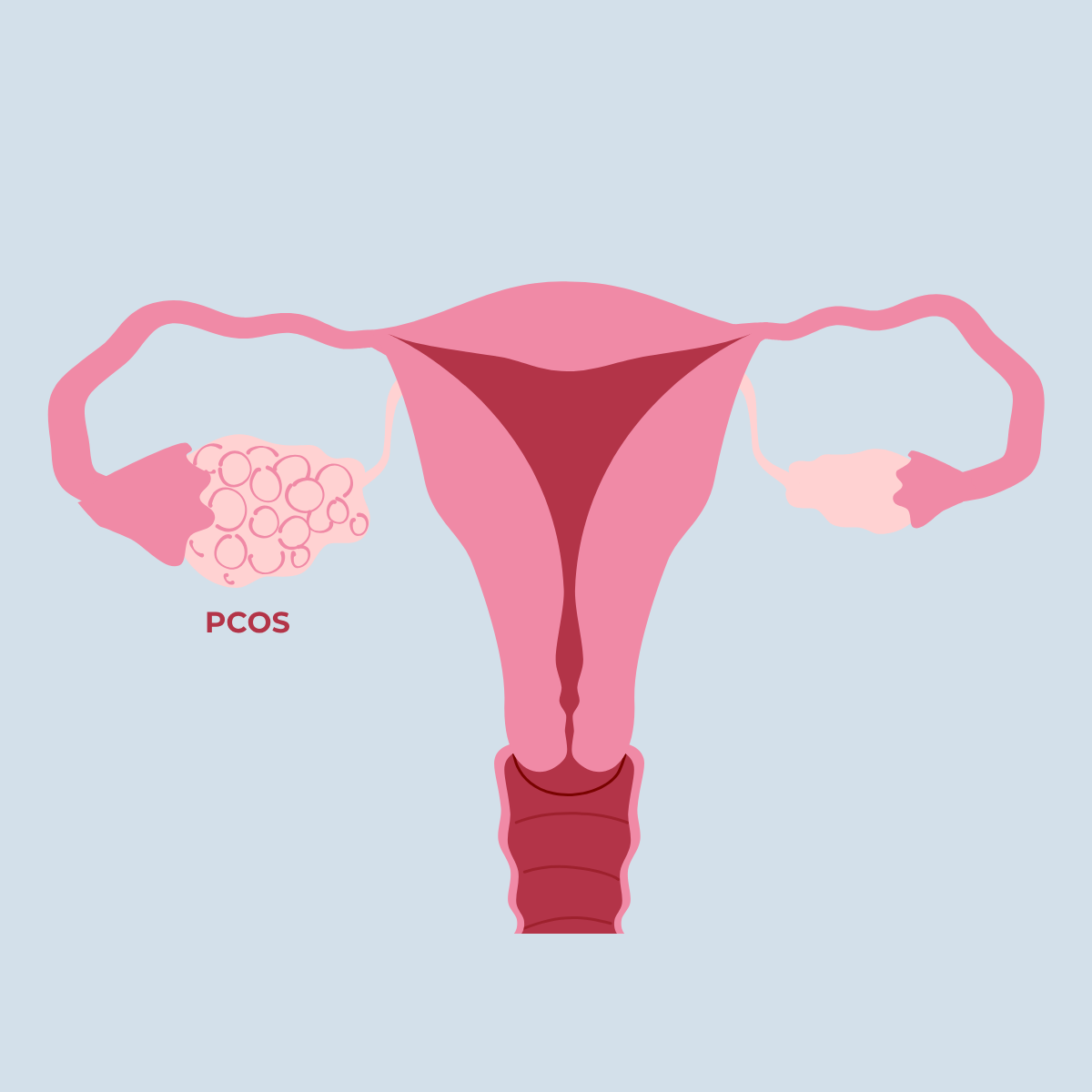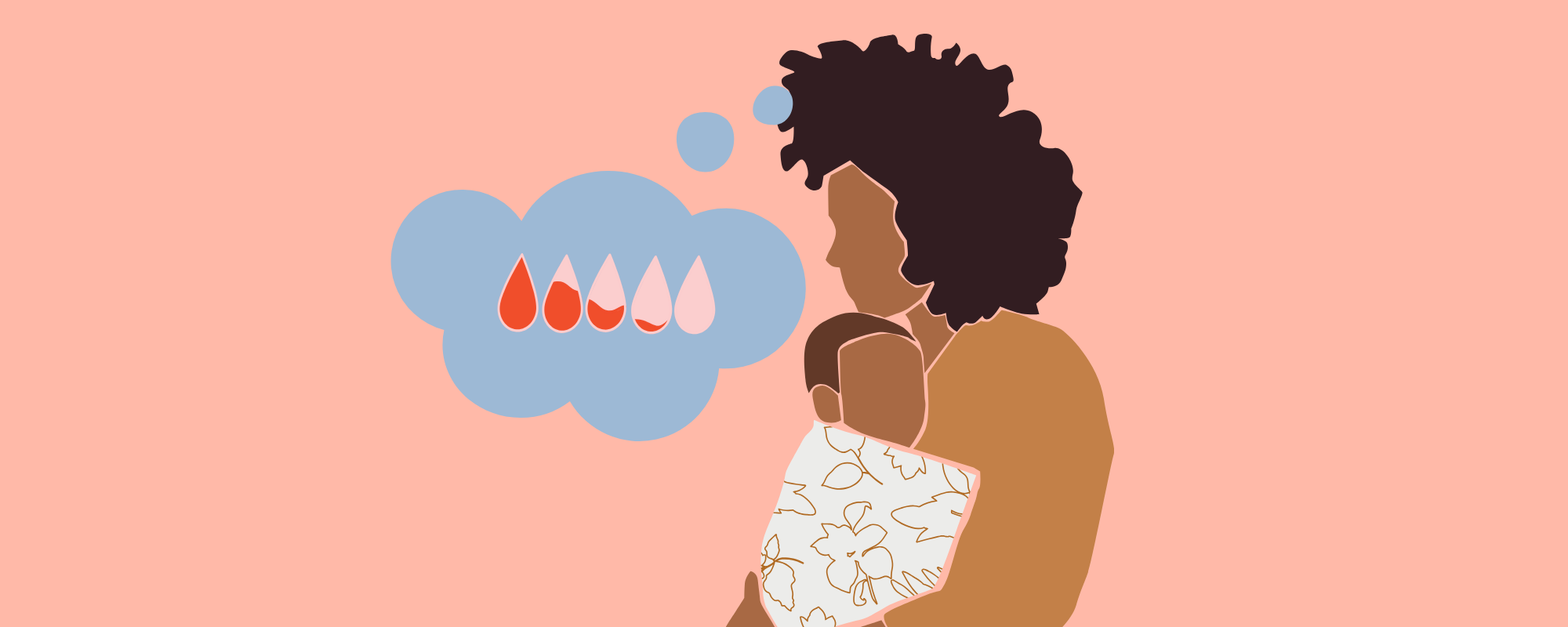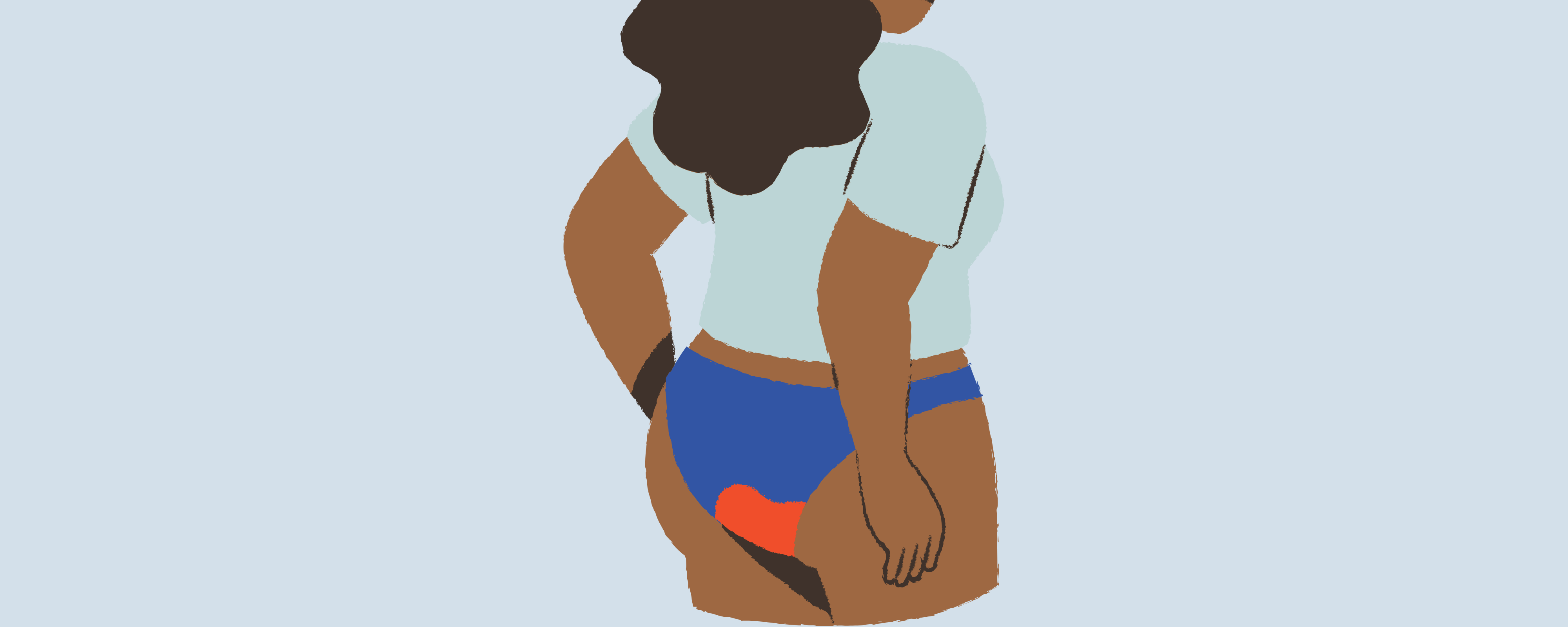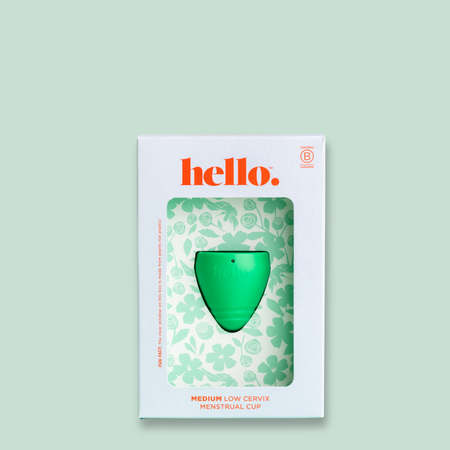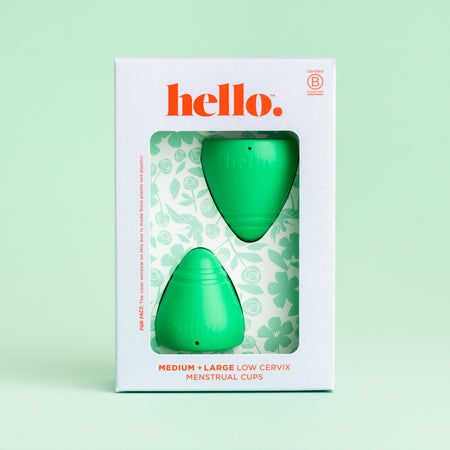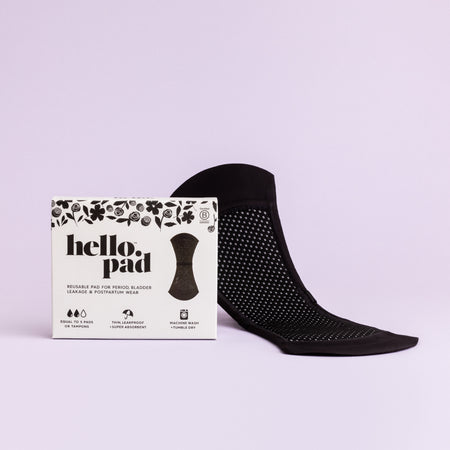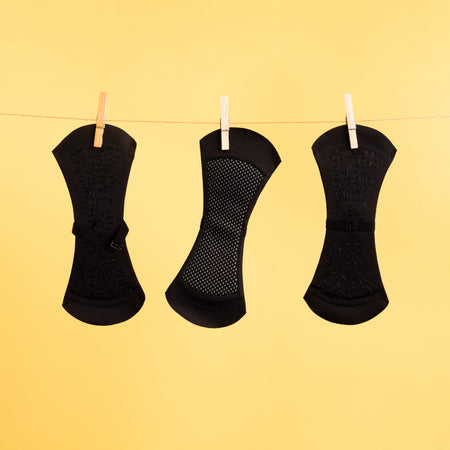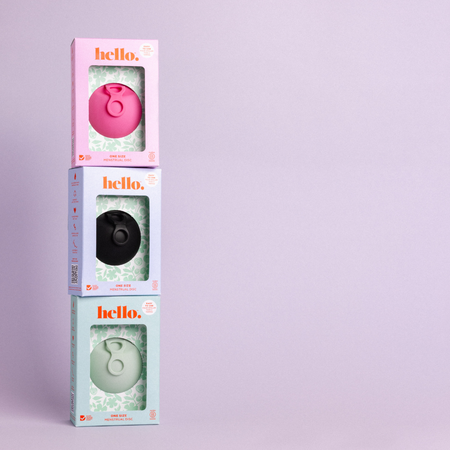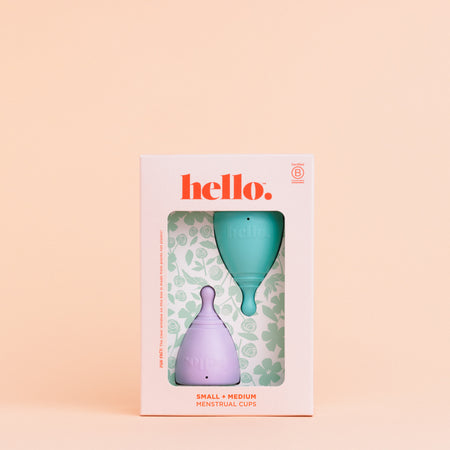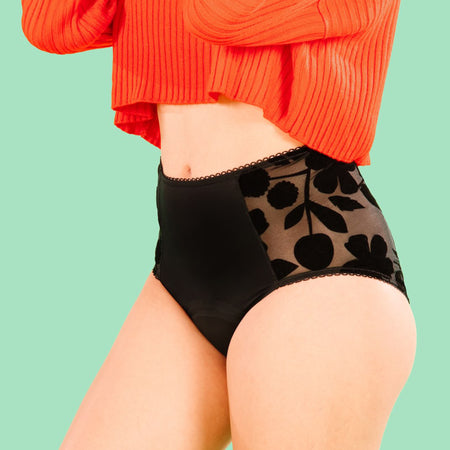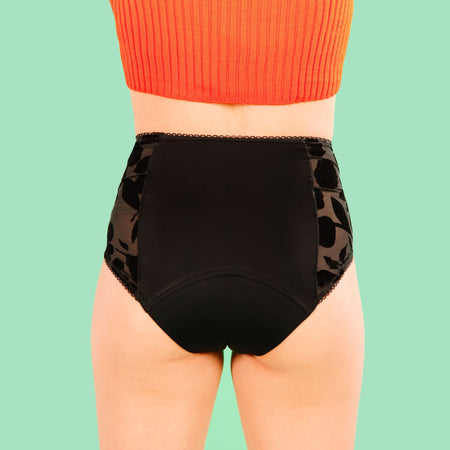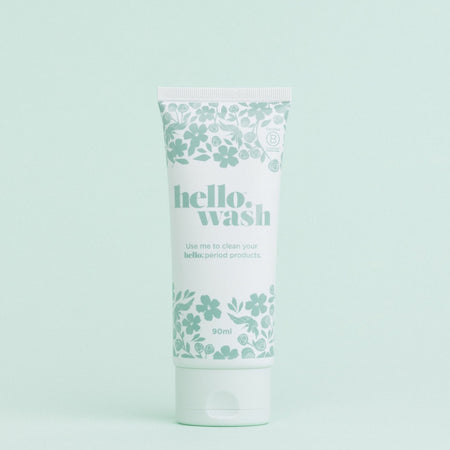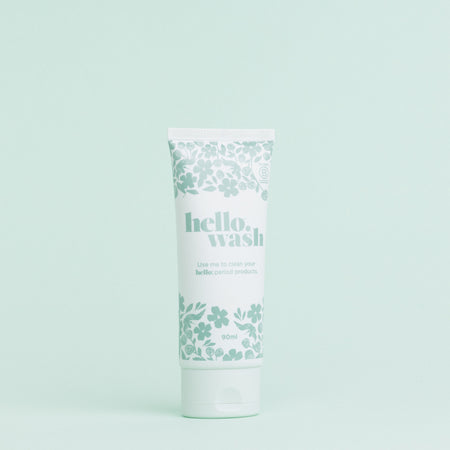The Hello Cup talks to an expert on how we should be teaching our kids about periods and reusable menstrual options in schools.
“Biology is not waiting for parents to have conversations with their children,” says Eileen Joy, a sexual health educator in Auckland, New Zealand. A vocal and passionate proponent of introducing puberty education into schools earlier rather than later, she chats to Hello Cup about what our girls (and trans boys) are learning in school, and what she hopes might be the change we’ll see in the very near future.
HELLO CUP: What does the curriculum say about when we should be teaching our children about periods?
EJ: The curriculum advises that schools take a holistic approach and that sexuality education happens across the year, and is woven into different topics. However, something like menstruation is probably confined to sexuality education classes, if these happen. Children are meant to be taught body parts and the basics of these from Y0-3, with teaching about pubertal changes occurring in Y4-6. However, in my experience what happens is that menstruation education, and pubertal change education, is not happening at primary school – rather it happens at intermediate level. This is a really sad state of affairs as there are many young women (and trans boys) who are going through puberty and may have started menstruating prior to intermediate. It’s actually really important that we educate our young people before changes happen, otherwise they could end up confused, ashamed and embarrassed. This is an especially pressing issue given, worldwide, the age of initial onset of puberty is reducing.
In terms of what they learn, because the curriculum is broad with little detail, it could be nothing, a little, or a lot. In my experience most are definitely not told the reason why menstruation happens, and very rarely are sustainable options shown (such as menstrual cups).

HELLO CUP: Should girls and boys learn about periods and menstruation together?
EJ: The curriculum does not say anything about separating boys and girls however I firmly believe that ultimately it is not a good thing to separate children by gender.
My opinion on this is based on several things:
- Separating children adds to an air of secrecy about menstruation which is unhelpful. There is already a lot of stigma about menstruation being a dirty little secret, words like ‘hygiene’ subtly enforce this idea. Keeping it separated strengthens this idea, especially in boys, and adds to their thinking that menstruation is dirty and shameful.
- Separating children by gender forces trans children and non-binary children into the very awkward situation of having to declare a gender, or out themselves. Teachers often cannot know in advance if any of their students are trans or non-binary, so to simply say ‘it doesn’t matter because none of my students are’ is ignorant.
- Keeping children together fosters the fact that respect is a must, from all genders.
- There is an assumption that boys don’t need education on menstruation. I counter that by saying how will they understand menstruating partners? How will they help support any menstruating children they have in the future?
To counter the possibility that young women may not feel safe in the mixed classes, or able to ask questions, I always have an anonymous question box, and always stay afterward to answer questions individually.
HELLO CUP: In terms of products, what are kids taught? Is there any focus on zero waste, at all?
EJ: This really depends on the educator as there is nothing in the curriculum. I do it, but many don’t. I am however pleased to note that a local intermediate has, for the first time this year, started including reusable products. So that's a win. When I first started educating about four years ago, very few people had heard of anything reusable or recyclable. Thankfully knowledge of reusable products has increased, so has acceptability.
I also think there is a tendency for schools to rely on the free ‘puberty starter packs’ given out by the big companies who make tampons and pads. These packs come with curriculum aids and goodies for the young people, so I can see why many do this.
HELLO CUP: Are young people open to trying menstrual cups, when presented with this as an option?
EJ: I think they’re a novelty to many, but I can see also that many want to try them. I stress that you do not have to commit to one type of product, be that pads, tampons, reusable pads or menstrual cups. You can chop and change between them. Also that our body changes over time. What might work for you as a young woman, might not work for you when you have had kids. The worst thing would be to pressure them into one option over another. They are definitely responsive to the idea that (menstrual cups) reduce environmental impact and that you don’t need to change them as often as a tampon. However they still have misgivings about having to be so intimate with their anatomy. That’s something that society as a whole needs to work on though!


